order
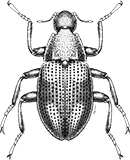
Coleoptera
“Adult Beetles”

Coleoptera
“Larval Beetles”

Diptera
“True Flies”

Ephemeroptera
“Mayflies”

Hemiptera
“True Bugs”

Lepidoptera
“Aquatic Caterpillars, Snout Moths”

Megaloptera
“Alderflies, Dobsonflies, and Fishflies”
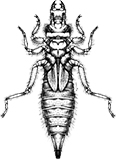
Odonata
“Dragonflies and Damselflies”

Plecoptera
“Stoneflies”

Trichoptera
“Caddisflies”
family
Athericidae
genus
Atherix
“Watersnipe Flies, Aquatic Flies”
Genus Overview
The aquatic fly genus Atherix includes 3 North American species. Aquatic snipe flies usually prefer streams and rivers with lots of dissolved oxygen, such as in lotic-erosional or depositional habitats. They can be found sprawling or burrowing in the substrate. Though they might not look like it, the larvae are piercing predators with strong hooks in the narrow head. To the novice, a larva looks much like a caterpillar, with ventral prolegs and terminal appendages that appear to be antennae. However, those appendages are at the wrong end of the body: their “antennae” are actually long posterior tubercles, divergent terminal fringed processes that help with locomotion and serve as backend "feelers."
Characteristics
POLLUTION TOLERANCE
Southeast: 2.1 and higher
Upper Midwest: 2 and higher
Midwest: 3.1 and higher
Mid-Atlantic: 2 and higher
0 = least tolerant, 10 = most tolerant
FEEDING HABITS
Piercer / Predator
MOVEMENT
Burrower
Sprawler
Sprawler
DISTRIBUTION
Widespread (east of the Rocky Mtns.)
HABITAT
Lotic-depositional
Lotic-erosional
Lotic-erosional
Diagnostic Characters
order
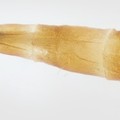
Legs Absent
family
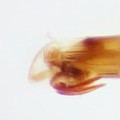
Base of Mandibles with Bristles
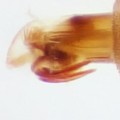
Mandibles Moving Vertically
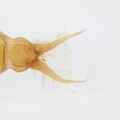
Pair of Long Tubercles Fringed with Hair
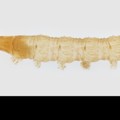
Prolegs Present Ventrally from segments 1-8
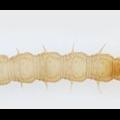
Slender Tubercles on 2-7
+ Expanded Character List
Order:
Wings and wing pads absent. Eye spots sometimes visible, but compound eyes absent. Segmented legs absent, but sometimes fleshy prolegs present. Sometimes with distinct head, often without head or with head drawn deeply into thorax. Body flattened, cylindrical, or maggot-like.
Family:
The head is visible but reduced and partly retracted in the thorax; the mouth hooks (mandibles) move up and down parallel to one another; the body is cylindrical; the abdomen has two pairs of long pointed tubercles laterally and dorsolaterally, eight pairs of ventral prolegs with tiny apical hooks, and a pair of long hairy tubercles posteriorly.
Genus:
Atherix is one of two genera in North America, the other is Suragina located in Texas and South America. Character to separate genera: Ventromedial pseudopod on abdominal segment 8 without a third row of spines.
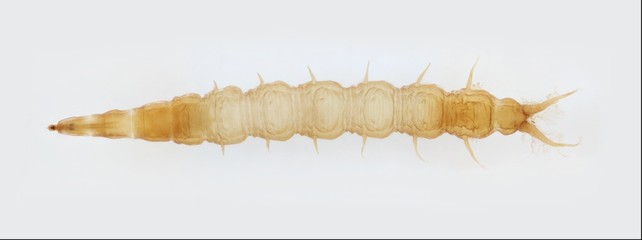
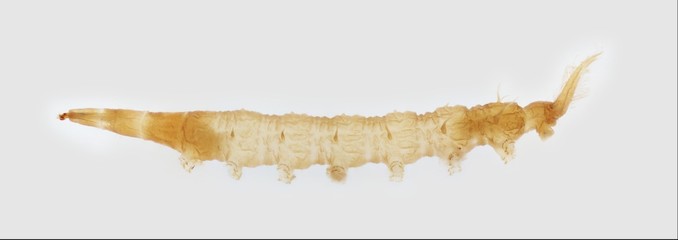
Dorsal
Lateral



